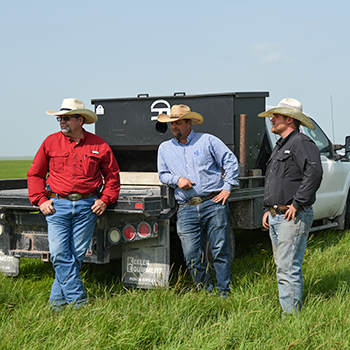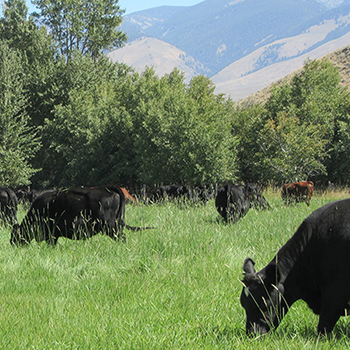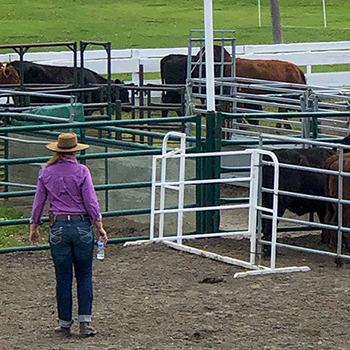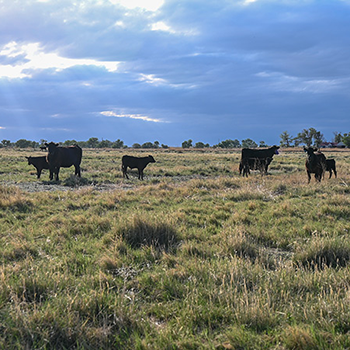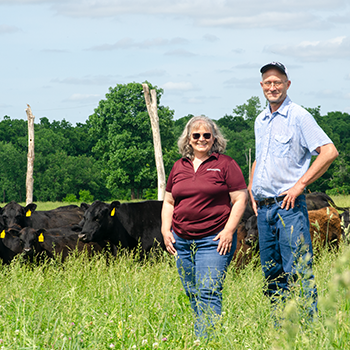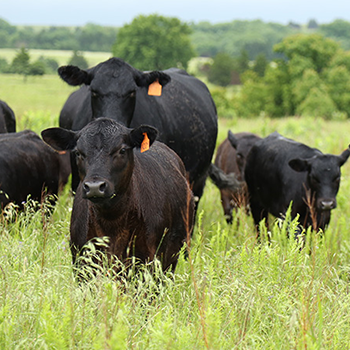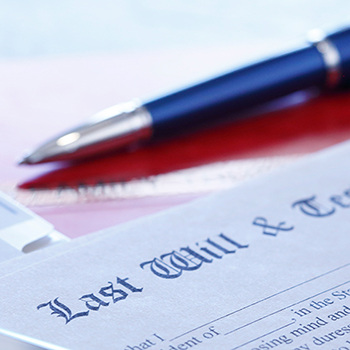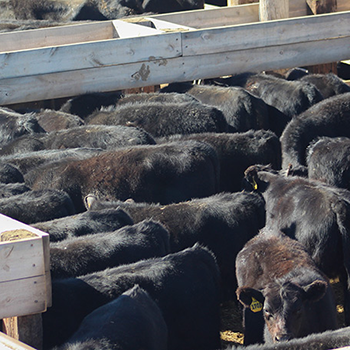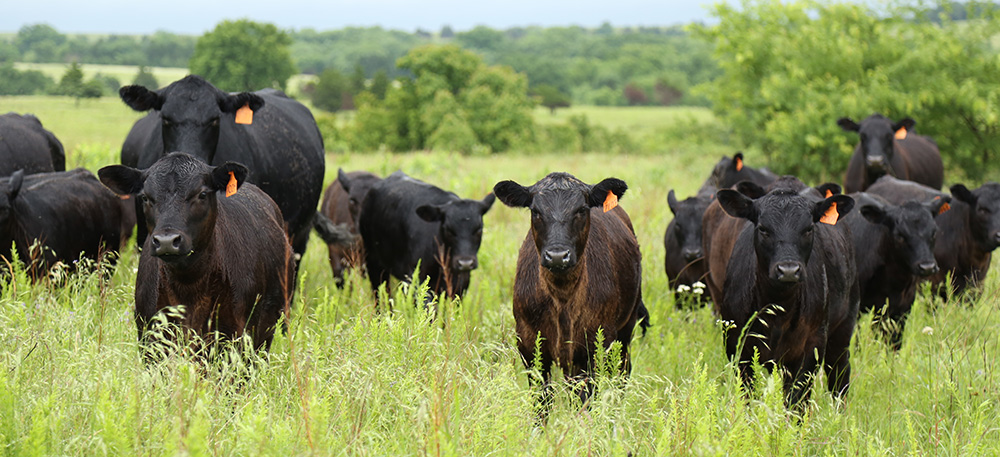
Listen to an audio version of the 09-07-22 Management articles
What are Tax Implications for 1031 Exchange?
It’s possible to avoid paying capital gains taxes when trading property.
Agriculture tax rules are complex and constantly changing. One rule that’s often not fully understood is the 1031 exchange. Under Section 1031 of the United States Internal Revenue Code, a taxpayer may defer recognition of capital gains and related federal income tax liability on the exchange of certain types of property. In real estate, a 1031 exchange allows you to avoid paying capital gains taxes when you exchange one business or investment property for another business or investment property of equal or greater value.
Kristine Tidgren, director of the Center for Agricultural Law and Taxation at Iowa State University, says in the past, this 1031 exchange applied to personal property — such as trading machinery or livestock — and land, but the law was changed in 2018. Now, it only applies to real property — including your land, buildings, fences and other land improvements.
“In the agriculture world, a 1031 is often to trade land — maybe for a piece of land closer to home or to consolidate your operation. Maybe you own 100 acres far from your home operation and 100 acres closer to home becomes available. The 1031 exchange may allow you to trade, without any tax consequences,” Tidgren explains. “If I use a third-party intermediary and follow all the rules, it doesn’t have to be a direct swap. I can sell the property I want to exchange to one person, and buy my new property from a different person.”
The first things to understand are the tax consequences when selling real property.
“If I own property, I will have a ‘basis’ in that property, which will be equal to roughly what I paid for it. If I purchased it 20 years ago, my basis is whatever my purchase price was, plus any non-depreciable improvements I’ve made,” she says.
“If I inherited the property, the basis will be equal to what the fair market value was on the date of the death of the person who gave it to me through their will or trust. This is called a step-up in basis,” Tidgren says. “If I inherit property and immediately sell it, I don’t have to worry about taxes, because my basis is not less than my sales price.”
If property is sold, the tax liability is calculated based upon the difference between the sales price and the basis. If there’s a big difference, there will be a big tax bill, she explains. When a person sells land that has appreciated in value, the sale is taxed at preferential capital gain rates. The highest federal rate is 20%, although sometimes an extra 3.8% is added. State taxes may be due, as well.
The 1031 exchange recognizes that just trading one piece of property for another of equal value doesn’t change a person’s economic position. There is no financial gain.
Long ago, Congress recognized that it would be helpful to the market and to landowners to allow them to purchase something different and transfer their basis to the new property, she says. It’s not wiping away the potential tax liability. Instead, it rolls potential capital gains tax liability into the new property.
“As an example, if I have $100,000 worth of ranch land and find $100,000 worth of land closer to home, I can trade my far-away land for the land that is closer. Let’s say my basis in that land (what I paid for it) is $10,000. If I sold it outright, I would have $90,000 of capital gain. If I’m in the highest tax bracket, I would have $18,000 of capital gains tax to pay on that sale,” she says, and that doesn’t count any state tax liability.
“However, if I use the 1031 exchange, and a third-party intermediary, that third party can sell my land for me, and reinvest the proceeds in my new property of equal value. My basis in the new property will be $10,000. This is called a carryover basis. I carry over the basis that I had in my original property to my new property. If I sell the new property, I would pay the tax then.”
The 1031 exchange is a helpful tool to reconfigure your operation without economic effect. Without this tool, every exchange would likely mean downsizing the operation, because there would be less money to invest in similar property, Tidgren notes.
“The example I gave used small numbers, but with today’s land values, it might be more like $10 million for the piece of property we’re talking about,” says Tidgren. “The tax would be significant. If you ended up paying $2 million in tax after selling your $10 million parcel, you’d have a lot less money to reinvest in another parcel and probably have to downsize.”
Sometimes a rancher might want to retire and roll that land value into a different sort of business property — maybe a commercial building that would provide retirement income, she says. Farmers and ranchers need to understand, however, that it now only applies to real estate and not equipment. Still, there are many ways a 1031 exchange can be used.
Editor’s note: Heather Smith Thomas is a cattlewoman and freelance writer from Salmon, Idaho. Photo by Shelby Mettlen.
